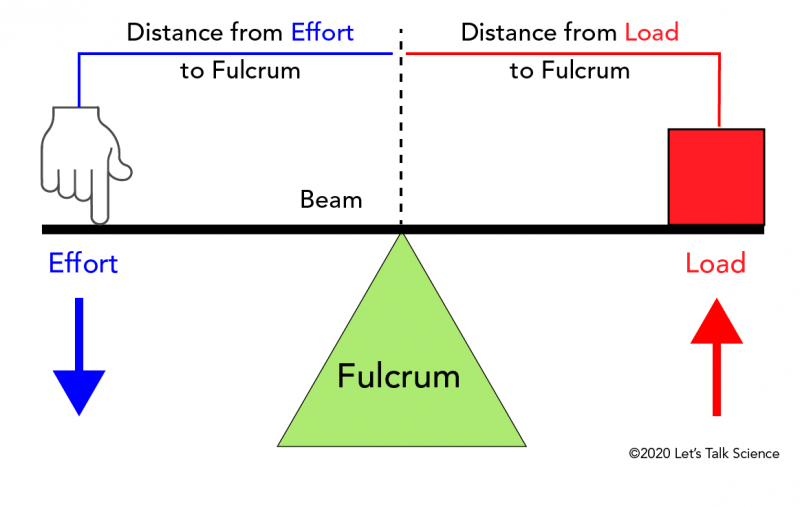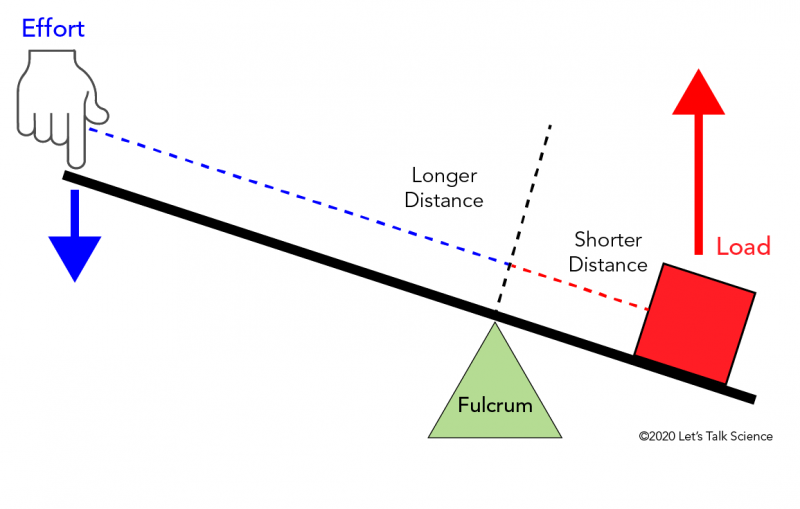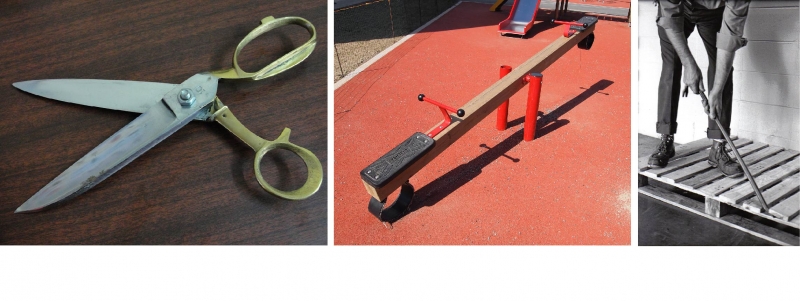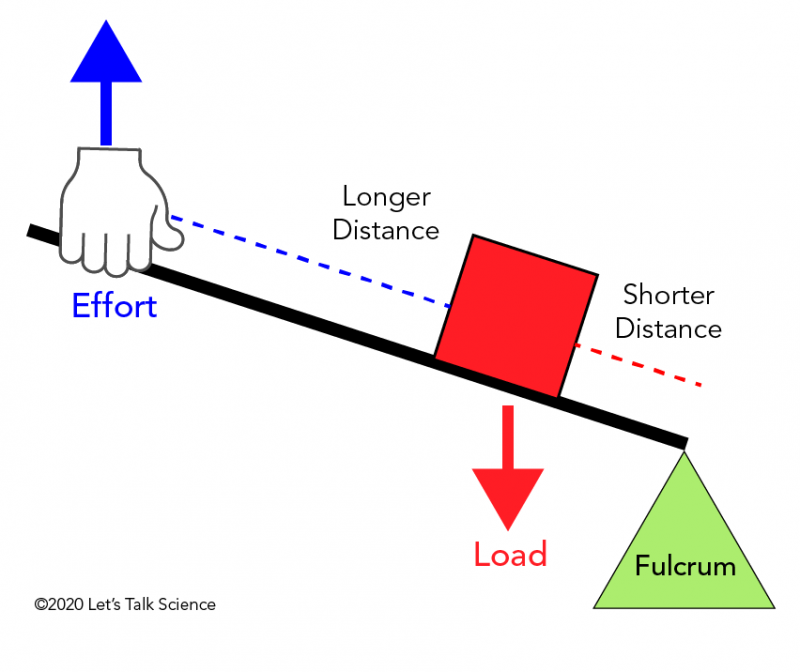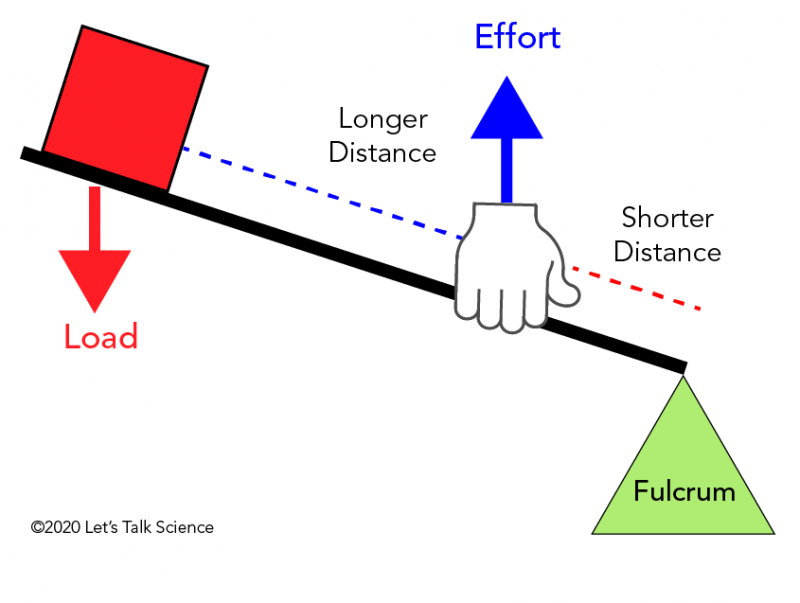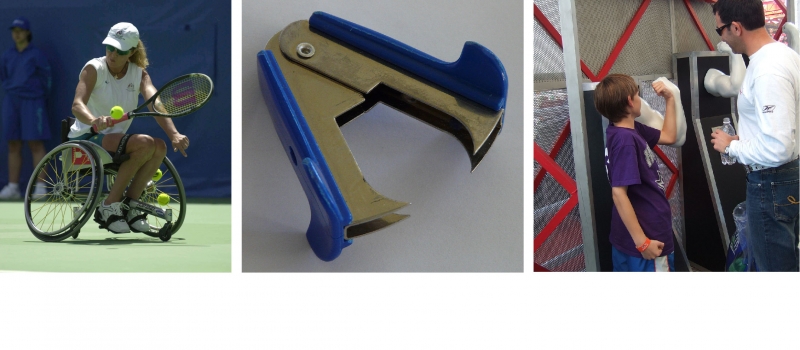Simple Machines - Levers

Children on teeter-totter (axel2001, iStockphoto)

Children on teeter-totter (axel2001, iStockphoto)
7.55
How does this align with my curriculum?
NU
K
K-6 Science and Technology Curriculum (NWT, 2004)
Structures and Mechanisms: Machines Around Us
NU
5
K-6 Science and Technology Curriculum (NWT, 2004)
Structures and Mechanisms: Forces Acting on Structures and Mechanisms
YT
5
Science Grade 5 (British Columbia, June 2016)
Big Idea: Machines are devices that transfer force and energy.
ON
2
Science and Technology, Grades 2 (2022)
Strand D. Structures and Mechanisms; Simple Machines and Movement
NT
K
K-6 Science and Technology Curriculum (NWT, 2004)
Structures and Mechanisms: Machines Around Us
NT
5
K-6 Science and Technology Curriculum (NWT, 2004)
Structures and Mechanisms: Forces Acting on Structures and Mechanisms
PE
5
Integrated Curriculum Grade 5: Science (Draft 2023)
DK 1.4: Simple machines enhance our lives in many ways.
AB
11
Knowledge and Employability Science 20-4 (2006)
Unit B: Understanding Common Energy Conversion Systems
BC
11
Physics 11 (June 2018)
Big Idea: Energy is found in different forms, is conserved, and has the ability to do work.
NU
11
Knowledge and Employability Science 20-4 (Alberta, 2006)
Unit B: Understanding Common Energy Conversion Systems

